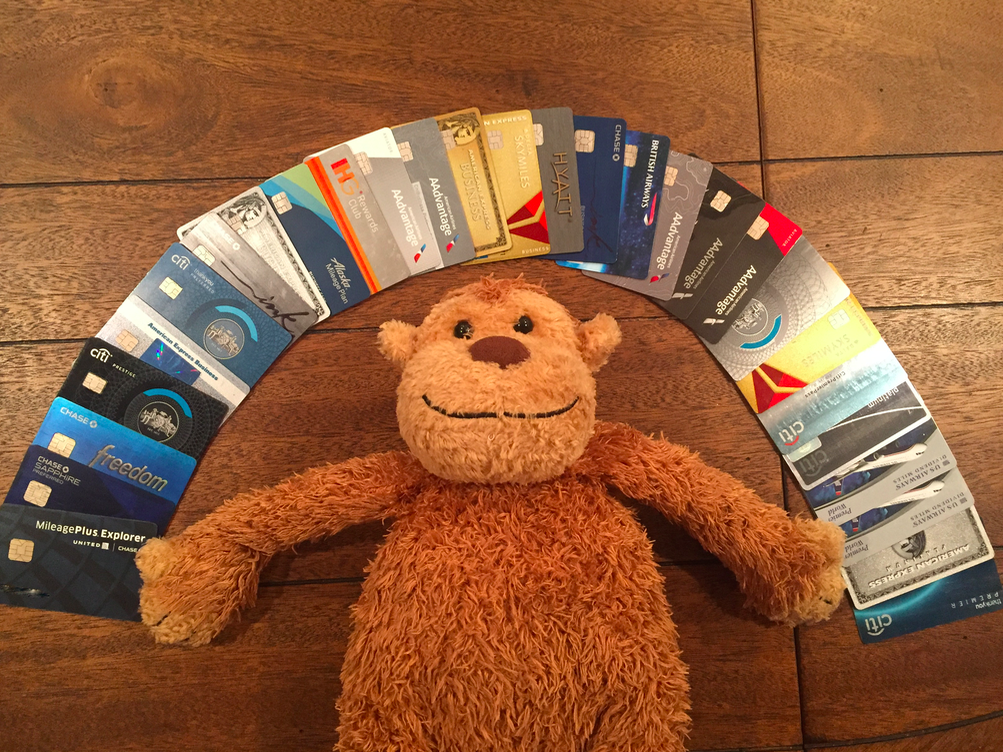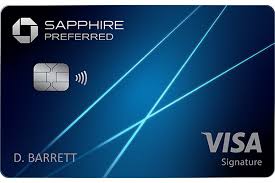This site is part of an affiliate sales network and may earn compensation when a customer clicks on a link, when an application is approved, or when an account is opened. This relationship may impact how and where links appear on this site. This site does not include all financial companies or all available financial offers. Zachary Abel is also a Senior Advisor to Bilt Rewards. Terms apply to American Express benefits and offers. Enrollment may be required for select American Express benefits and offers. Visit americanexpress.com to learn more Opinions, reviews, analyses & recommendations are the author’s alone, and have not been reviewed, endorsed or approved by any of these entities.
What is a credit card Product Change?
Every year I do an assessment of my wallet, and I recommend you do that same. Some of the best cards have changed benefits, and they just aren’t as attractive as they once were, and maybe you’re considering cancelling it.
One option that can help insulate your credit and keep it healthy, is to keep the credit line, but change the actual credit card product.
What does that mean?
It means changing the actual card with the bank, but keeping the credit line in tact. This is a great way to reduce annual fees, align your wallet better, but keep your credit age going, credit depth in tact, and reduce your utilization. Let’s take a look at a credit card product change.

What is a credit card product change?
A credit card product change gives consumers the power to upgrade or downgrade their credit card within the family of that credit card brand, or within the rules that the card issuer lays out.
A few examples
- If you carry a Chase Sapphire Preferred®, you can downgrade within that family, to a Chase Sapphire Reserve®, Chase Freedom Flex(SM), or Chase Freedom Unlimited®
- Citi Thank You Premier to a Citi Double Cash or Custom Cash.
- Note that you have 60 days to use your points when you product change or cancel with Citi. The points are tied to a specific account, not the credit card/line
- Barclay Aviator Red to Barclay Aviator
- The Platinum Card® from American Express to The Gold Card® from American Expressmex Gold or The American Express® Green Card.
Why would I want to product change?
- Avoid the annual fee
- downgrade a premium fee card to a no annual fee card
- Keep the line open
- Reapply for the card you’re downgrading from
- Chase allows you to acquire a new cardmember sign up bonus every 24 months. So if you’re carrying a Chase Sapphire Preferred for 25 months, you could downgrade to a Freedom Flex and then signup for the Sapphire Preferred again. Not only do you get another bonus, you’ll keep your credit score healthy by keeping the line open.
- Earn Elite status
- Different credit cards can give you elite nights, or elite mileage for spend. Upgrading or downgrading between those cards can create opportunities to generate status through spend.
- Keep Points alive
- Citi will cancel your Thank You points after 60 days. EVEN IF YOU TRANSFER THEM into another Citi account. The life of those points isn’t tied to the type of credit card, but rather the account they were originally earned from.
- Avoid account cancellation
- Citi starts the clock on their sign up bonus rules whenever you open or close an account within a family of cards. If you downgrade that account it isn’t close and therefore you can sign up for that card again sooner.
Do I do this?
All the time. I intend to product change at least one of my The Business Platinum Card® from American Express cards to either a American Express® Business Gold Card or a Business Green Rewards Card from American Express. I’ve changed platinum and gold cards multiple times, as well as Sapphire Preferreds down to Freedoms. I’ve been product changing for nearly a decade now and it’s kept my credit history going, my lines deep, and improves my ability to continue to accumulate points at a consistent pace.
Opinions, reviews, analyses & recommendations are the author’s alone, and have not been reviewed, endorsed or approved by any of these entities.



The responses below are not provided or commissioned by the bank advertiser. Responses have not been reviewed, approved, or otherwise endorsed by the bank advertiser. It is not the bank advertiser's responsibility to ensure all posts and/or questions are answered.